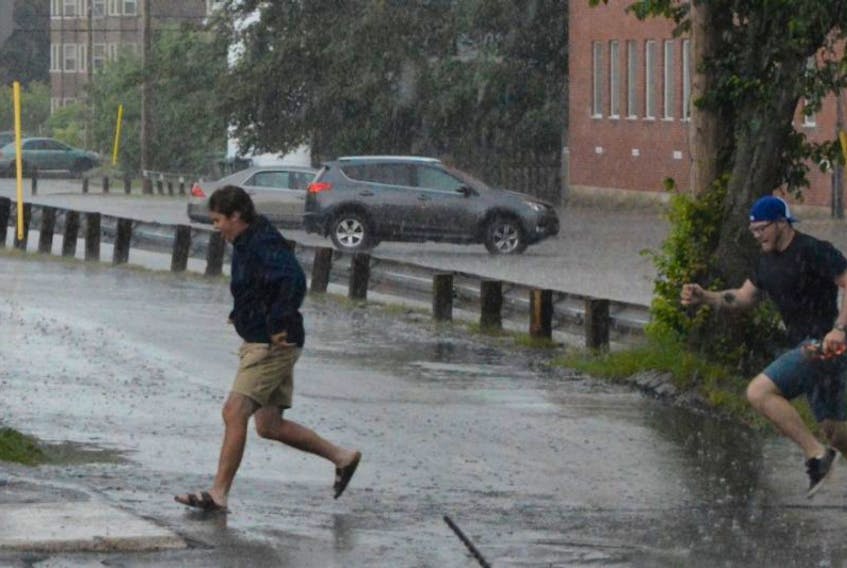We certainly got our share of rain on Thursday! While the kids shoes are drying out, I thought I’d share a few interesting facts about rain:
If someone asked you to draw a raindrop, you would probably draw something that looks like a tear-drop, right? Well, if you could take a close look at a raindrop before it hit the ground you might be surprised. Raindrops are not shaped like tear-drops.
Here’s why:
When raindrops begin to fall, they are round. Wind resistance on the way down, flattens them a little. So instead of looking like tear-drops, they look more like mini hamburgers or sliders.
When it comes to the size of raindrops, scientists have discovered that some raindrops are five times bigger than other ones. Raindrops are classified by size from small to extra-large. The small raindrop measures about 2 mm in diameter while the extra-large drop can be more than 10 mm in diameter.
One last thing about rain: 10 mm of rain over a hectare of land weighs 250 tonnes. Our region is much heavier today than it was earlier in the week!
- Weather university: Freezing rain is super cool-ed
- Want more weather information? Visit WeatherByDay.ca
- Have a weather question, photo or drawing to share with Cindy Day? Email [email protected]
Cindy Day is the chief meteorologist for SaltWire Network.









